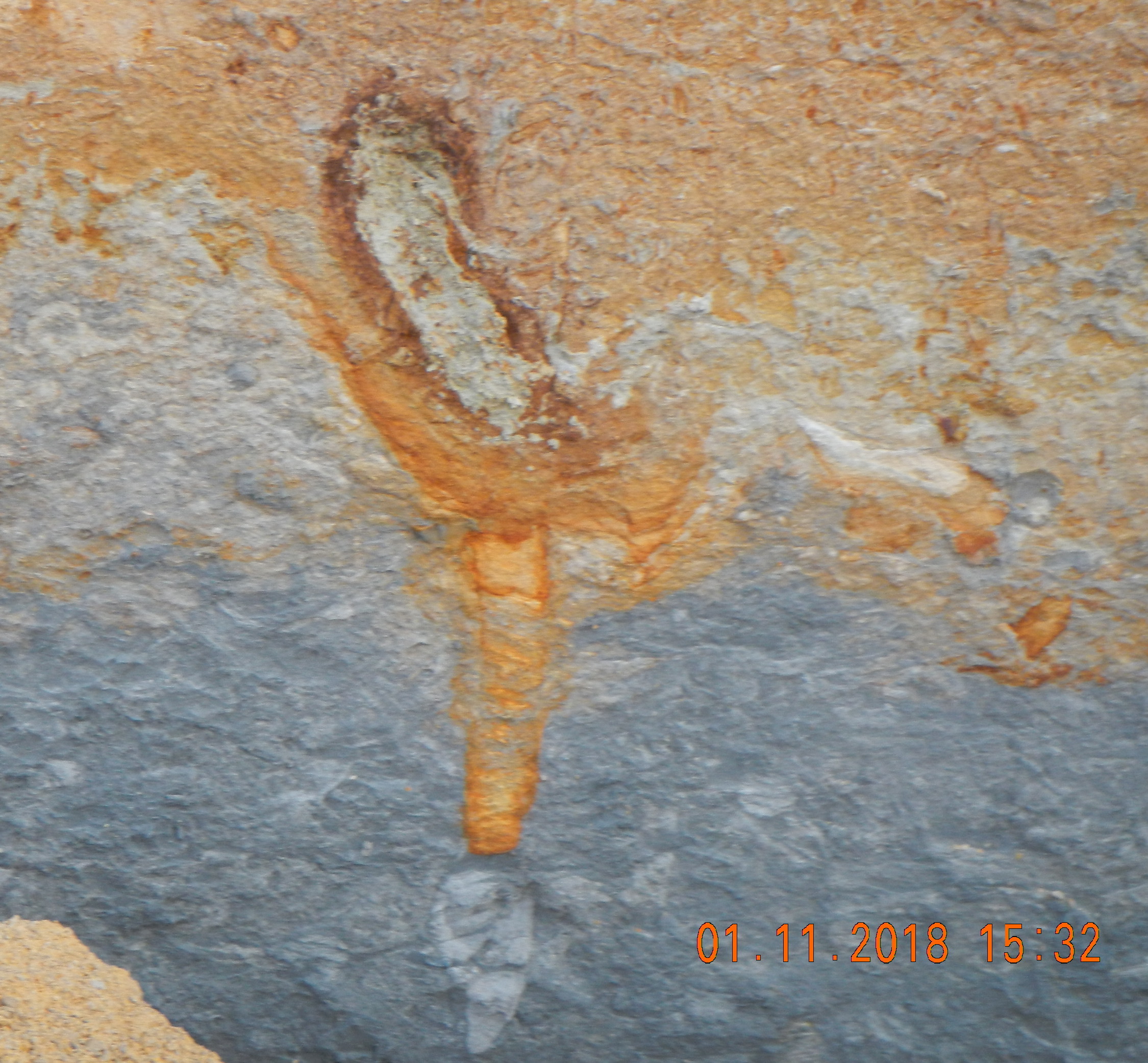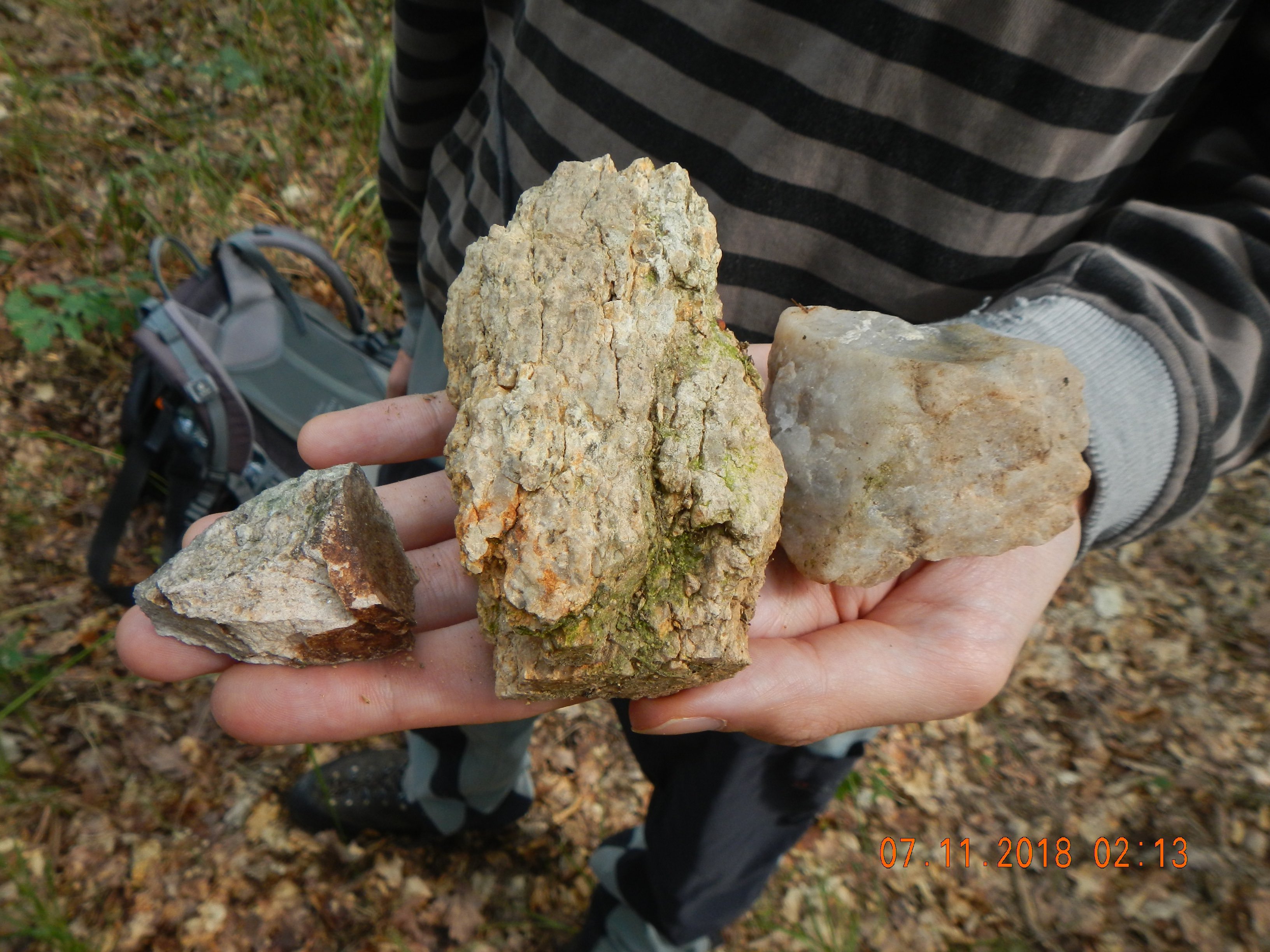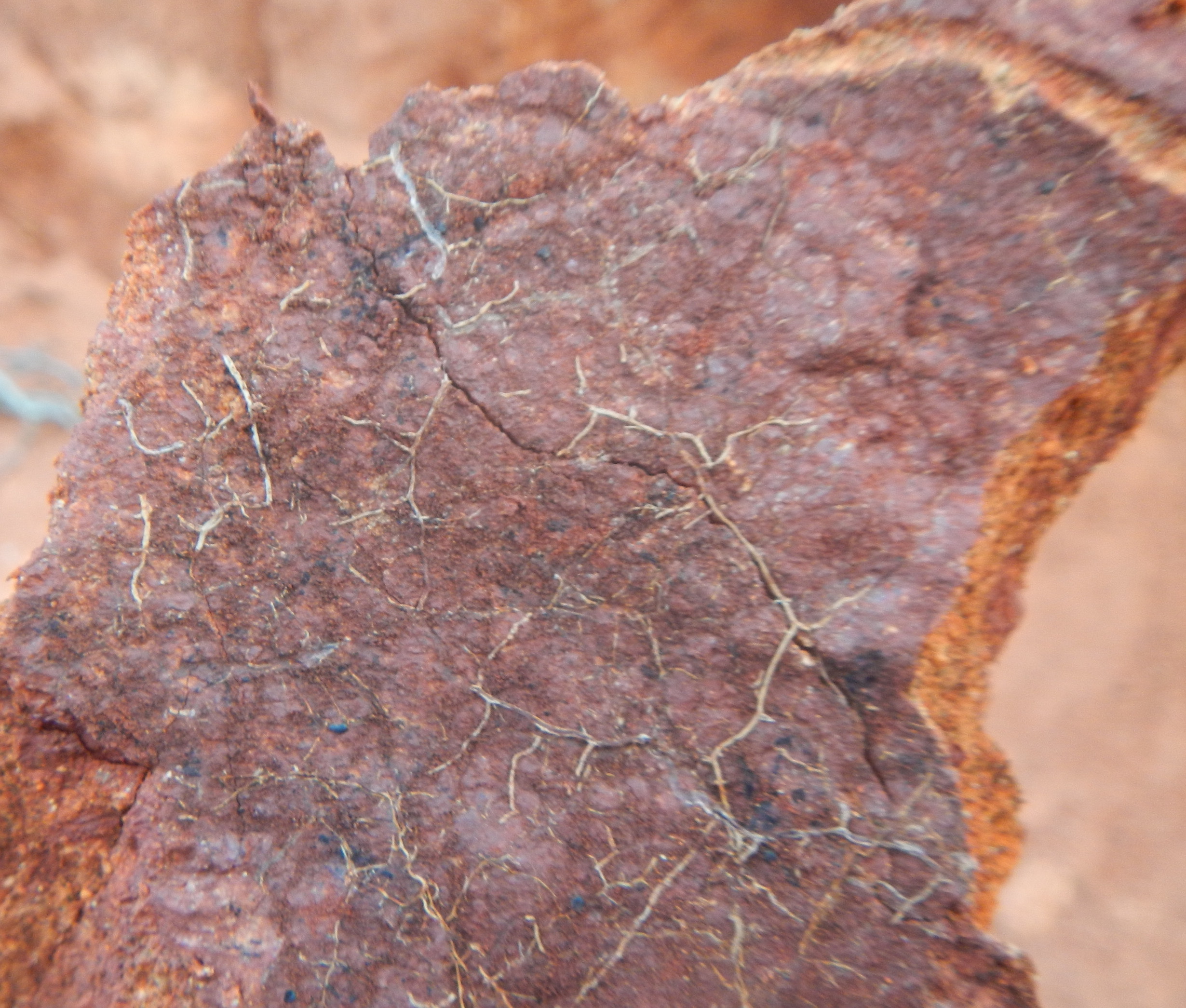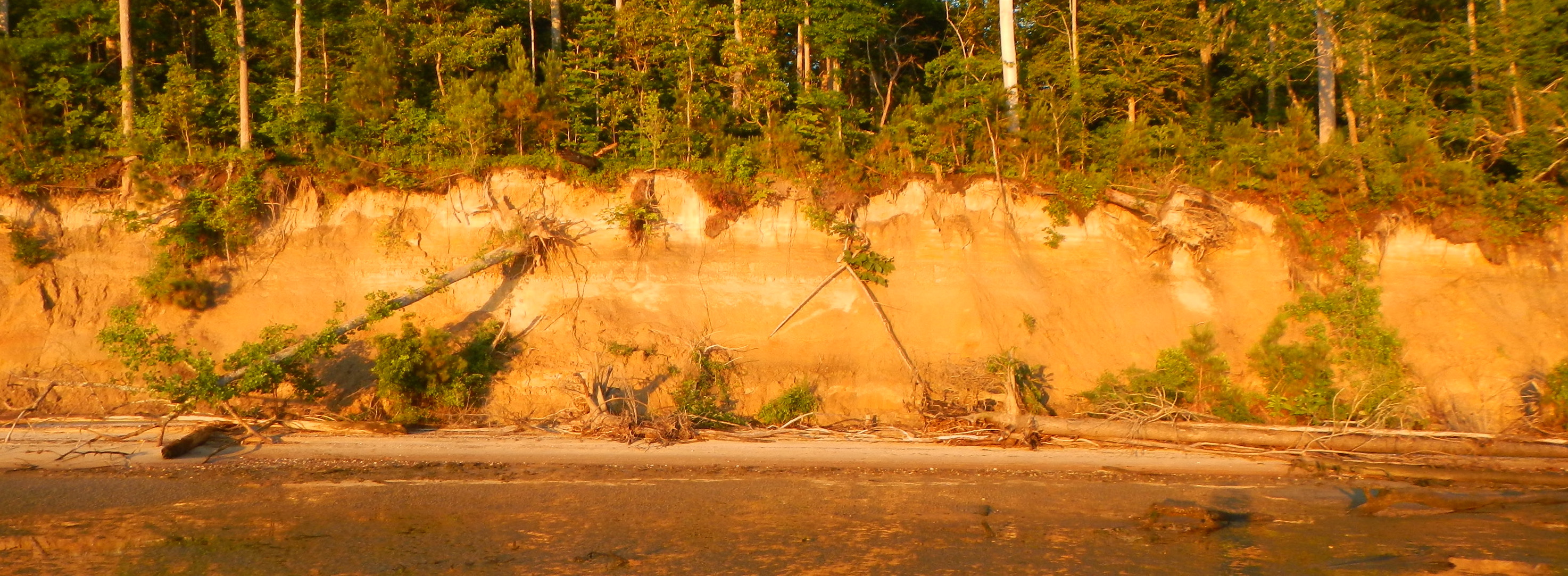In my own work on pedology, soil geography, and soil geomorphology, there are at least three overlapping concepts of soil memory (or pedological memory) that at least generally, if clumsily, parallel the pedological literature as a whole.
One is based on the fundamental idea of soils as products of the environment, reflecting the combined, interacting influences of geological (or other) parent material, hydrological and geomorphological processes, climate, biota, all changing over time, and affecting each other and affected by the soil itself. This is the factorial or state factor model of soils going back to Dokuchaev and Jenny, and the conceptual basis of soil geography, surveying and mapping. Inverting the logic—soils as evidence of the environment rather than the environment as an explainer of soils—is the basis of paleopedology and paleoenvironmental interpretations of paleosols. This concept of soil memory is that soils “remember” the environmental factors influencing their genesis and development.

Carsten Lorz has used the memory of soils such as this one in Saxony, Germany, to reconstruct Quaternary pedogenesis.
A second soil memory concept is that of the soil as a container for historical evidence and artifacts. This can be independent of the factorial model in that soils may contain fossils, archaeological artifacts, pollen, charcoal, trash, and pollutants that are unrelated to the factors or soil formation, or whose interpretation does not require an understanding of their pedogenetic impacts. Thus the soil “remembers” specific events and episodes that happened on or in it.

Krotovinas and other biotic traces in an eastern North Carolina soil.
A third concept is related to dynamical instability and deterministic chaos. When, as is not uncommon, soil development is characterized by instability and chaos (equivalent in many cases), small changes and disturbances may have impacts that are disproportionately large and long-lived. Thus a soil can “remember” effects of, e.g., a tree that once grew, an ant mound that was once constructed, or an erosional event that once occurred long after direct evidence of the tree, ants, or erosion is long gone.
A void created by the recent death and decomposition of a pine tree in eastern North Carolina. Pedologic impacts of the tree may well be evident long after all evidence of the tree—including this void, which will be infilled—are gone.
This got me to thinking about soil memory metaphors.
Soils as Text
Fill-in-the-blank as text is a common metaphor in the critical and postmodern social sciences, and is not necessarily rare in the geosciences, either. This metaphor is applicable where soils represent not just a container for artifacts or a particular piece of evidence, but a more comprehensive record of environmental change, enabling those who can read the text to tell a story.
The soil-as-text analog may thus apply to the use of soils or paleosols as (paleo)environmental indicators and tools for environmental reconstruction. Soils as geomorphological, hydrological, and ecological indicators—for example in wetland identification—also reflect soils as texts.

Rocks of three distinctly different lithologies from a single soil pit in Podyii National Park, Czech Republic. These, along with other aspects of the soil, could tell a story if we can interpret the text—perhaps some ancient humans rounding up rocks for a fire pit?
Soils as Archives
How does an archive differ from a text? A text contains at least fragments of a story or narrative, while an archive is a container or repository. This metaphor thus applies to the “container” concept of soil memory, whereby soils or paleosols are host media (archives) for fossils, pollen, charcoals, artifacts, phytoliths, biochemical markers, and so on.

Root traces in the subsoil from upstate South Carolina.
Soil Palimpsests
A palimpsest is a manuscript or piece of writing material on which the original writing has been effaced to make room for later writing but of which traces remain—think back to the days of papyrus scrolls, or erasures and write-overs in your fieldbook, though we were all told to cross out and never erase.
Landscapes as palimpsests is a pretty well known, and very apt, metaphor in geomorphology. Landforms and topography often represent not only the most recent “writing” of geomorphic processes and environmental control, but traces of past writings (or texts!) as well.
The metaphor is apt for soils as partial, censored paleoenvironmental indicators for multiple episodes and environments—entirely consistent with the pedological concept of polygenesis. The palimpsest metaphor is also useful when thinking of soils or landscapes as incomplete indicators of multiple episodes of environmental changeor disturbance events.

An alluvial soil in the Sumava Mountains, Czech Republic. The pedological and sedimentological archive are combined in this case. The stratigraphy records a standard alluvial fining-upwards sequence, while the horizon Pavel Danek is pointing to records the influence of podsolization processes.
Seat Cushion Soils
In soil hydrology and soil mechanics a “seat cushion” metaphor of soil memory has been invoked. When you sit for awhile and get up—especially when you’re a big ol’ boy like me—your butt-print remains for a time, until the material can rebound and expand back to its original shape. This metaphor has been applied to relatively short-term soil memory, such as recovering the soil moisture memory of wetting events, or the soil mechanical memory of the removal of imposed loads.
Butterflies & Bailey Effects
Early work on chaos theory in atmospheric dynamics used the hypothetical case of a butterfly flapping its wings setting off a chain of dynamically unstable, chaotic changes that result in a tornado thousands of kilometers away (the first usage, as far as I can tell, is in a paper given by Edward Lorenz called “Does the Flapping of a Butterfly’s Wings in Brazil Cause a Tornado in Texas?”). This, plus the fact that the famous Lorenz Attractor diagram looks a bit like a butterfly quickly made butterfly effects a general metaphor in chaos theory for small changes and variations having much larger outcomes and impacts.
Bailey effects are named for the character George Bailey, in Frank Capra’s 1946 film (story by Philip Van Doren Stern) It’s a Wonderful Life.In despair, Bailey attempts suicide after a run of bad luck, in the belief that his life has not been productive or worthwhile, and is rescued by a guardian angel. Bailey is given the opportunity to see what his community would be like if he had never been born. The point is that the seemingly small, insignificant actions of a single person may have ripple effects and chain reactions that produce dramatically different outcomes. The Bailey Effect is a metaphor for a type of interconnection based on dynamical instability and conditionality. Stephen Jay Gould (1990) invoked the same metaphor in discussing contingency in biological evolution; his book is called Wonderful Lifein a direct nod to the film.
To the extent soils are characterized by divergent development, conditionality, and path dependence in soil development, the butterfly and Bailey metaphors may be apt. However, this kind of soil memory is unlike the others in that all evidence of the “remembered” conditions or events may be long gone or undetectably small.

The short-range spatial variability in soil morphology shown in these soils along the Neuse River estuary (NC) reflect the effects of divergent pedogenesis associated with instability and chaos.
Other concepts of soil memory and appropriate metaphors thereof are no doubt possible, if not already in print somewhere. For me, at least, thinking of what soils may remember, how they recall it, and what stories may be told is the most useful way of tying soils to landscape and ecosystem evolution.
Posted 12 March 2021
Questions or comments? jdp@uky.edu
